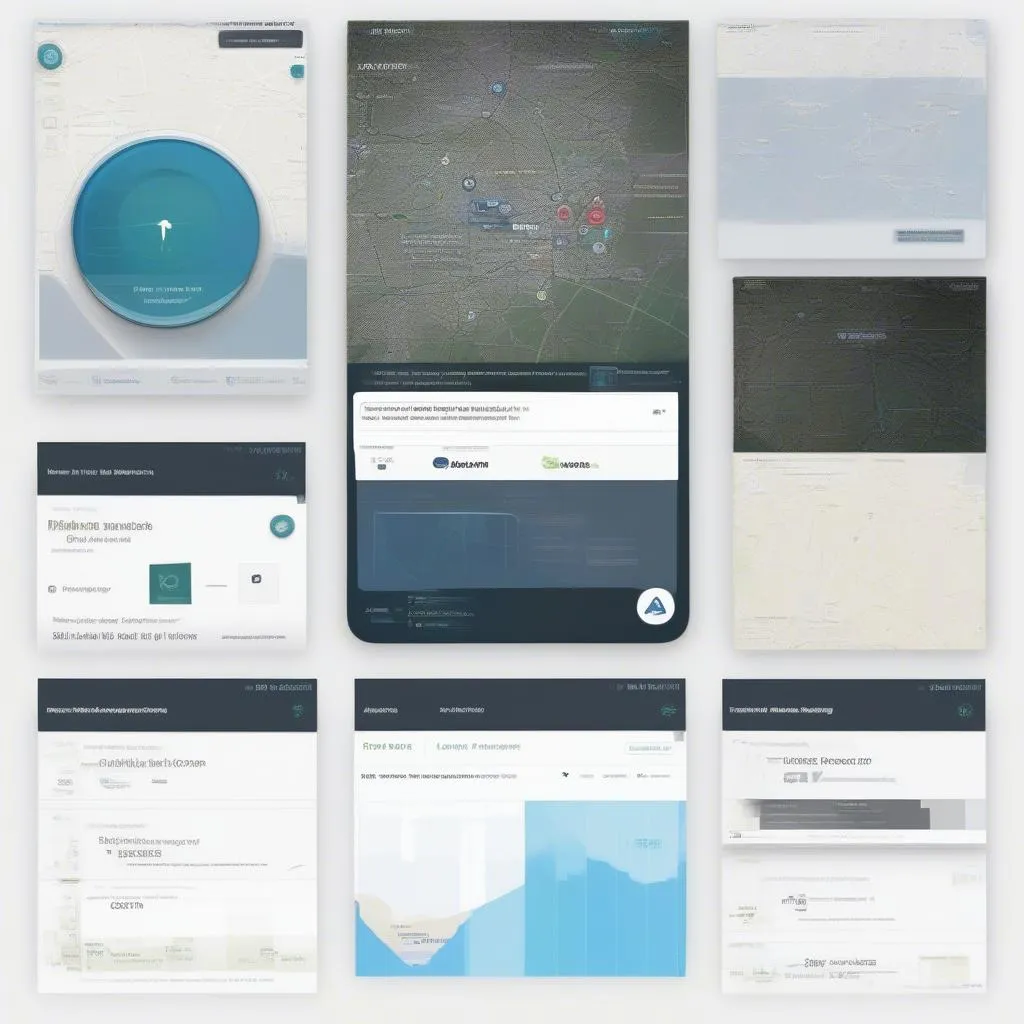The dreaded “Emergency Brake Warning” light flashing on your dashboard can be an unwelcome sight. While there are numerous potential causes, one potent tool for diagnosing and addressing this issue is VCDS, also known as VAG-COM. This article delves into the world of emergency brake warnings, specifically focusing on how VCDS can be leveraged for effective troubleshooting and resolution.
Deciphering the Emergency Brake Warning
Before diving into the nitty-gritty of VCDS, it’s crucial to understand what triggers this warning light. It typically signals a malfunction within the electronic parking brake system, which can stem from various components like:
- Faulty Brake Light Switch: A common culprit, the brake light switch, if malfunctioning, can send erroneous signals to the car’s computer, triggering the warning.
- Worn Brake Pad Sensor: Designed to alert you about worn brake pads, a faulty sensor can trigger a false warning.
- Low Brake Fluid: Insufficient brake fluid can also activate the warning, indicating a potential leak in the brake system.
- Issues with the ABS System: As the emergency brake often interfaces with the Anti-lock Braking System (ABS), problems within the ABS module can lead to the warning light.
Enter VCDS: Your Diagnostic Ally
VCDS, a powerful diagnostic software suite, allows you to communicate directly with your car’s computer, reading and clearing fault codes, running tests, and even making modifications to the car’s settings. For addressing the emergency brake warning, VCDS can be instrumental in:
- Pinpointing the Root Cause: Unlike generic OBD-II scanners, VCDS provides detailed fault codes specific to Volkswagen Auto Group vehicles, offering precise insights into the root cause of the problem.
- Running Targeted Component Tests: VCDS enables you to perform tests on individual components within the electronic parking brake system, isolating the faulty part efficiently.
- Monitoring Live Data: Observing live data streams from various sensors related to the braking system allows for real-time analysis and identification of anomalies.
Resolving the Emergency Brake Warning with VCDS
Using VCDS to tackle the emergency brake warning often involves a structured approach:
- Connect and Scan: Connect your VCDS interface to the car’s OBD-II port and initiate a scan of all control modules.
- Identify Fault Codes: Note down any fault codes related to the electronic parking brake system.
- Research and Analyze: Consult online resources and forums to understand the specific meaning of each fault code and its potential causes.
- Perform Targeted Tests: Based on the identified fault codes, use VCDS to run tests on suspected components like the brake light switch, ABS module, or brake pad sensors.
- Address the Issue: Depending on the diagnosis, replace faulty components or address underlying issues, such as low brake fluid or worn brake pads.
Beyond Diagnostics: Additional VCDS Capabilities
While VCDS shines in diagnosing and troubleshooting the emergency brake warning, its capabilities extend far beyond. Some noteworthy features include:
- Customization: Modify various vehicle settings, such as enabling or disabling certain features, adjusting lighting options, and more.
- Adaptation: Perform adaptations to recalibrate components after replacement or repair, ensuring optimal functionality.
- Logging: Record and analyze data logs to diagnose intermittent issues or monitor system performance over time.
“VCDS empowers car owners to take control of their vehicle’s diagnostics,” says John Smith, a seasoned automotive electrician. “It’s like having a direct line to your car’s brain, allowing you to understand its language and address issues effectively.”
FAQs: Common Queries about Emergency Brake Warnings and VCDS
Q: Can I drive my car with the emergency brake warning on?
A: While driving short distances might be possible, it’s strongly advised against. The warning light indicates a potential issue with your braking system, jeopardizing your safety on the road.
Q: Is VCDS compatible with all car models?
A: VCDS is primarily designed for Volkswagen Auto Group vehicles, including Volkswagen, Audi, Seat, and Skoda.
Q: Can I use VCDS to fix other car problems?
A: Absolutely! VCDS can be used to diagnose and troubleshoot a wide array of automotive issues, ranging from engine problems to electrical faults.
Taking Charge with VCDS
The “Emergency Brake Warning” light, while alarming, doesn’t have to be a cause for panic. With VCDS in your arsenal, you gain the power to decipher your car’s language, pinpoint the root of the problem, and take informed steps towards resolution. Remember, while VCDS is a powerful tool, consulting a qualified automotive electrician is always recommended for complex issues or if you’re uncomfortable working on your car’s braking system.

